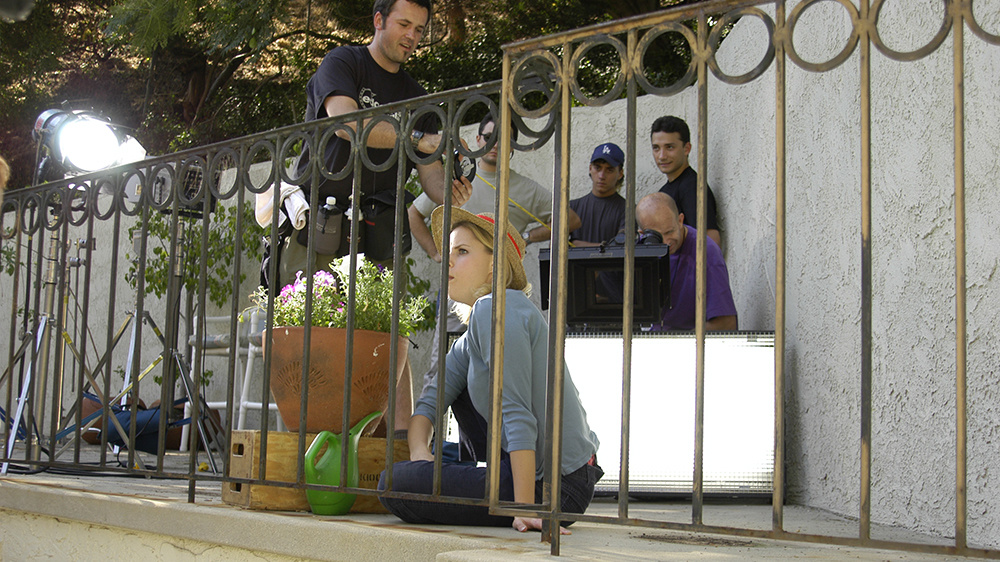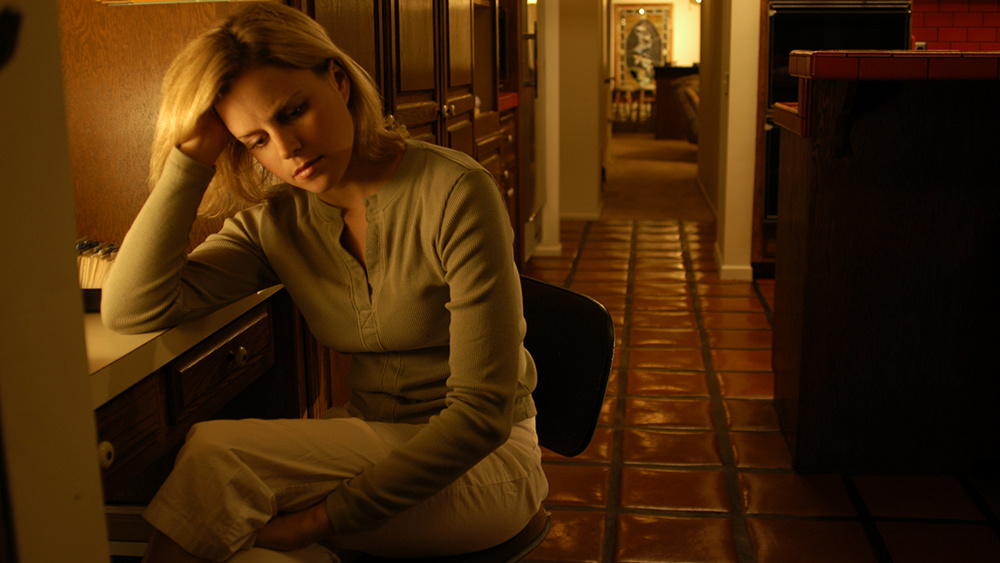A few quick things to consider when making the shift from still photography to cinematography.
Still photography and motion picture photography have a great many things in common. I’ve often told the story of how my still photography career was actually started by my background as a cinematographer. And nowadays when clients often ask me to provide both still and motion assets for a particular campaign, I have to draw on both skill sets to meet their needs and fulfill the brief.
Thankfully, both art forms are based on the same basic elements. Aperture, shutter speed/frame rate, and film speed/ISO. But as much as the two art forms of photography and cinematography resemble one another, they each have unique lighting demands that one must consider when making the transition from one to the other.

The Images Move, And So Does The Subject
Whether you are photographing a portrait or a speeding race car, a still image only represents a subject at one particular point in time. Therefore, you can focus all of your lighting technique on a very specific area. If your subject is really stationary, you can pinpoint where your light will fall down to the inch.
In cinematography however, you are more likely to be following your subjects as they move through the frame. Whereas a still image may capture a subject standing at the front door, a moving picture may capture the same subject entering the door, walking down the hall, entering the kitchen, opening the refrigerator, then going out into the backyard for a drink.
So rather than being able to spend a hour getting your light just right for a split second exposure at the front door, you need to now account for multiple areas and multiple marks. You may choose to use a broader light source to provide a more even light as the subject moves through space. Or, perhaps, you want to channel your inner John Alton and instead opt for pools of light allowing your subject to drop in and out of shadow to provide drama.
But, whichever mood you choose to evoke, you need to consider the character movement throughout the scene as opposed to just within a single frame.

They Don’t All Have To Be Perfect
One of the hardest mental transitions for me personally when doing a hybrid shoot is releasing my desire to make the subject look perfect in every frame. If I am, for example, shooting a still image of an athlete for Nike to promote a new shirt or a new pair on shorts, I know that I need to make both the subject and the garment look their best. To this end, I’ll place my lights in ways that are most flattering. Catching an eye light here. Creating a streak of light that illuminates a particular texture in the fabric.
But unless you are making an entire film in one take, you have to keep in mind that your final video is more likely to consist of multiple shots stitched together. And while you still need to show the product at it’s best, you will have far more leeway when it comes to including images that individually may not show every detail of the product clearly. Some shots may not even show the product at all. For every slow motion shot of the garment reacting smoothly to the athlete's movement, there may be a shot of a closeup of the athlete's determined face. Or B roll of the environment.
Creating a film is telling a story through a collection of images. Not just the perfect single image.

You Can’t Do It Alone
One of the main reasons I fell in love with still photography after a career in motion pictures was the simple autonomy of it all. When I wrote a screenplay, I then had to find a producer. We then had to hire a crew. This being Los Angeles, we then had to secure a plethora of shooting permits. Budgets had to be raised. Unions had to be consulted. It was a process.
All I needed to create a still photograph on the other hand was to grab my camera and walk out the door. As time went on, I started requiring a model. But, even then, it was wholly possible to create a finished work of art with nothing but a camera, a model, and a few minutes of free time. It is, of course, easier to get great images with a great team of assistants, stylists, makeup artists, art directors and so forth. But it is still possible to create something special with very limited resources.
When it comes to motion pictures, trying to create something truly significant as a lone wolf is a far greater challenge.
Let’s take our early example of the shot of a man walking through the house. Presumably, he’ll start at the front door. So, to light that, you are probably going to want to simulate or alter natural light. That means you’ll need to either have someone bouncing light onto your subject, or you’ll need to set up a larger source to simulate the light generated by the open sky.
Then you move into the house and walk down the hall. Is it a long hall? Probably since you want it to be dramatic. How are you going to light it? Maybe replace the ceiling fixtures with more powerful and color balanced LEDs? Or do you need to suspend more focused sources to create those pools of light with defined shadows?

When he stops in the kitchen and opens the fridge, how are you going to light that? You’ll need to rig another light inside the fridge to simulate a refrigerator light coming on and off so the audience will register the scene as real. Who’s going to rig that light? Who’s going to make sure you’re not blowing out the electricity in your house with all this wattage?
Then, when you land in the backyard for your final beats of the scene, how are you going to ensure that the backyard gives off the appropriate welcoming vibe you had in mind? Who is going to design the layout? Who is going to bring the props.
And considering all the motion that takes place during the scene, who is going to pull focus?
It is, of course, possible for you to place the lights yourself and attempt to track with the subject, pull focus, direct the subject, and try not to trip over something while backpedaling throughout the process. But, if you really want to take your scene to the next level, you’re going to need the right crew in place to make sure you can pull it off without a hitch.
These are just a couple of the considerations that separate motion from still work behind the camera. As you prepare to move more and more into motion, be prepared to tackle these challenges and many more. But also be prepared to savor the result when you put in the work and reap the reward.







Good article.
"You Can’t Do It Alone" Would be my main difference, and it bring way more repercussion on the production process.
Many photographers I know jump to the "camera operator" position, but forgot that sound is one of the most important aspect (blurry picture with decent sound will be more accepted than perfect picture with inaudible audio)
Where a flash may work, you need a constant lighting, so power, stand and people to move it around.
Just look at the credit at the end of a simple student movie and compare to the unique tag you have on a picture...
So, maybe your DSLR camera have a movie mode, but are you ready to work in a full video crew now?
I can not agree enough with your comment. Its one of the reason even with a film background I shoot alot a stills. I need less out of talent, less crew, and less gear. I make money in the film world but tend to shoot stills for myself.
The other big difference I notice is planing. It is alot easier to to wing little things with stills. The lack of a solid plan ( proper shooting schedule, Shot list, Sound, ect) is soo much worse when working with still crews who are on a video shoot. There are just alot more moving parts with a video shoot that need to be planned for.
So true.